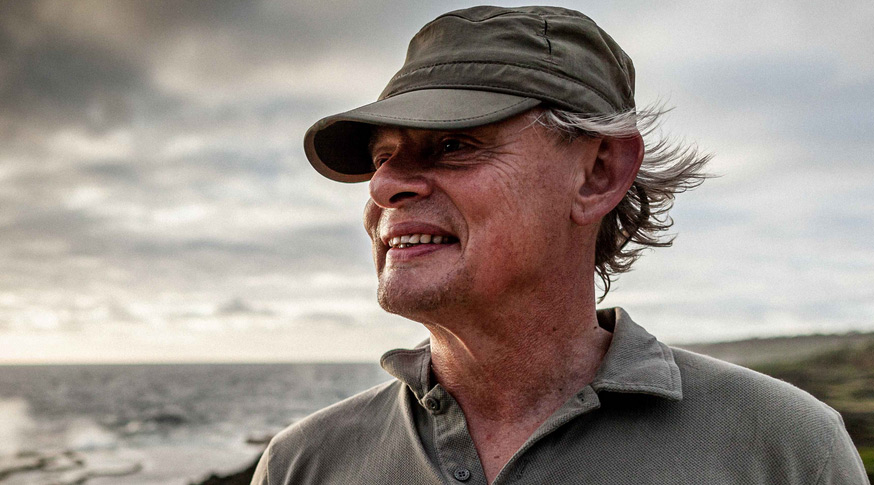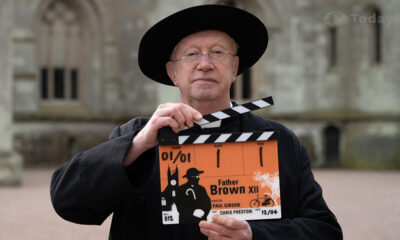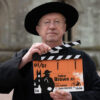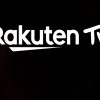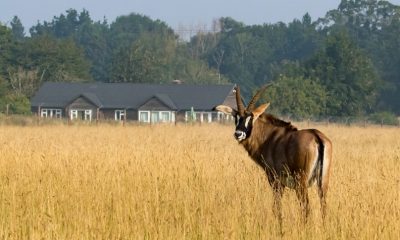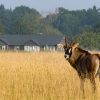Best on the Box pick for January, 20th…
Martin Clunes continues his epic ocean wide adventure in search of the real Pacific.
Martin Clunes:
“Before I came out here I thought that Fiji was one island, I thought that Tonga was one island, and I’d never even heard of Vanuatu. What I’ve found really exciting is, they’re all very different and they’re all very much alive in the modern world. But they’re all completely in touch with their cultures and their traditions, and those are based on real things like having enough to eat, having a shelter, being in touch with the mountain and the volcano – and I really like that.”
Martin begins his journey for the second episode of the series by travelling to the South West Pacific, to the Republic of Vanuatu, on the island of Tanna.
Life on this ocean can be fragile. Many of its islands were born out of violent volcanic eruptions. Four out of five earthquakes and tsunamis happen in the Pacific. And in summer, ferocious tropical cyclones blow destruction across the water.
Vanuatu is consistently ranked the earth’s most disaster-prone nation. All 83 of its islands were born of fire, spewed from a vast faultline in the earth’s crust. And on Tanna, it’s possible to see those terrifying forces still at work.
Martin climbs to the crater of Mount Yasur, one of the world’s most active volcanos, which reaches 360 metres above sea level.
Mount Yasur has been erupting every few minutes – more or less continuously – for centuries. From a lava chamber deep below the surface, vast gas bubbles rise, exploding from vents in a shower of molten rock.
People live on the mineral rich slopes of the volcano. Martin meets Chief Jimmy Namry and his nephew Philip who have walked up from their tribal village just a hundred feet below. They tell Martin they believe they have a unique spiritual relationship with Mount Yasur. Jimmy says there has never been an accident with the tribe and the volcano because they are a family, and they respect the volcano.
Martin travels onto the remote village of Yakel to meet the elders of a tribe, who believe that Prince Philip, is their god.
With the help of translator Jean Pascal Wahe and gifts of rice, chicken, and a framed photograph of the Duke of Edinburgh, Martin asks the tribe elders how they came to idolise Prince Philip. They tell him that they see Prince Philip as the son of a mountain god, and although he has never visited them there, some of the tribe met him in London.
Martin’s journey takes him onto Tonga, which has 170 islands. The largest is Tongatapu, home to around 75,000 Tongans – more than two thirds of the population.They are descendants of the seafaring Polynesians, who voyaged thousands of miles north to Hawaii, east to Tahiti and south to New Zealand.
Tongans are proud of those faraway connections. But they’re also proud of the one thing that makes them unique. Never colonised by European powers, Tonga is the only Pacific island monarchy that still survives intact.
Tonga’s king – Tupou VI – is heir to a royal line that goes back centuries. The modern red-and-white royal palace, built of New Zealand kauri wood, is a mere 150 years old. But Tongatapu is also littered with ancient stone ruins, royal tombs that date back nearly a thousand years, to a time when Tongan kings controlled half a million miles of ocean.
Martin travels 500 miles west of Tonga, to the ultimate paradise island of Fiji, which has more than 330 islands awaiting the keen adventurer. Nearly a million visitors a year come in search of Fiji’s palm-fringed shores, picture-perfect waterfalls and some irresistible fresh mountain pools.
It is also home to a melting pot of different cultures. One out of every three Fijians is descended from Indian immigrants. Over four decades, more than 60,000 Indians were brought to Fiji to work on British plantations of sugar, banana and coffee. Conditions were often little better than slavery, and though many thought they’d eventually return home, very few did. In the city of Nadi, Martin visits a colourful symbol of Indian life: the Sri Siva Subramaniya Temple the largest Hindu temple anywhere south of the Equator.
In the 1980s, tensions between the Indian population and indigenous Fijians triggered a ruthless military coup. More coups followed, and for a while the country was thrown out of the Commonwealth. Democracy was restored in 2014.
Martin meets a singer, Laisa Vulakaro, who has become a national treasure in Fiji, but who also suffered by speaking out against the military coup of 2006. Martin’s last port of call on this leg of his journey is to Rabi Island where the locals explain how they were moved from their homes on Ocean Island. Karia Christopher is chief of the Banaban people and tells Martin they’ve lived here on Rabi Island for the past 70 years – and yet they’ve never considered it their true home.
In 1900 a British mining company discovered that Ocean Island was unusually rich in phosphate – worth a fortune in the farming industry. So they persuaded the Banabans to lease them land for mining. The company wanted the Banabans to be moved out of Ocean Island entirely, so they could have the whole island to themselves, mine out the whole, without disruptions from the landowners. So they were shipped across to Rabi.
A group of of elderly people who still remember it explain to Martin how the mining company made all sorts of promises to persuade them to relocate. Mining on Ocean Island ceased in 1979. Although the mining company made promises to restore the landscape, it’s been left almost uninhabitable. The Banabans have never been able to return.
However the younger generation on Rabi have managed to make the most of the one thing the island has in abundance – coconuts. They have established a thriving business in making a range of products for cooking, medicinal use, and with with natural added aromas, for massage therapy, from the coconuts supplied by local people.
Martin Clunes: Islands of the Pacific, ITV (STV/UTV), 9 pm
